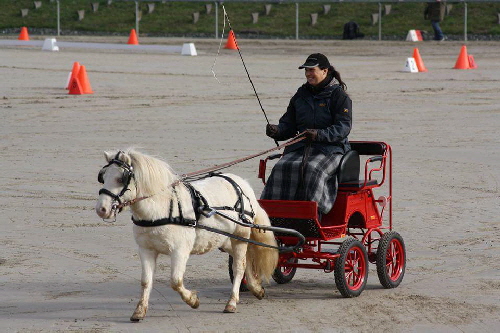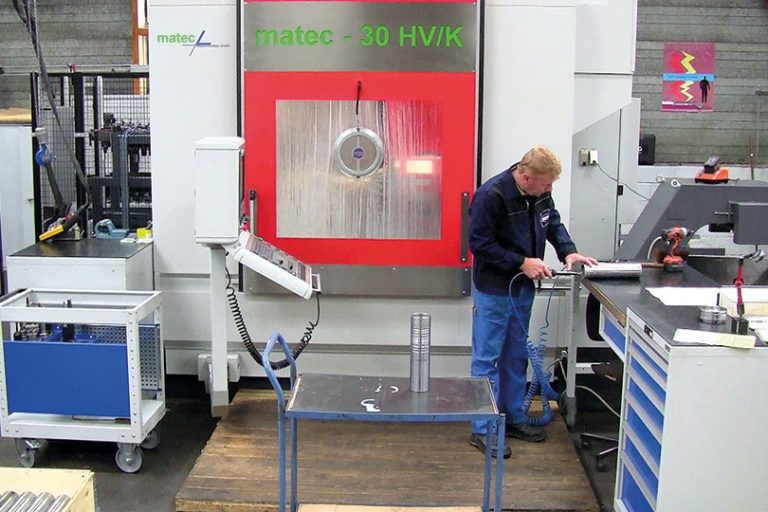
For more information about specifying field names, see Naming restrictions. Examples of predefined fields that are used in common, for scheduling purposes and integration with Office Project, for integration with Team Foundation Build, and integration with test case management (TCM) are as follows:įor an overview of all system and predefined fields that are defined for the default processes/process templates, see Work item field index. Predefined fields defined by the default process begin with Microsoft.VSTS and then further differ based on their usage. System and predefined fieldsĪll system defined fields have reference names that begin with System, for example, System.AreaPath, System.AssignedTo, and continue in that pattern. , '`:~\/\*|?"&%$!+=().īecause custom fields are defined for an organization or collection, you can't add a custom field to a process with the same field name that you add to another process.įor more information, see Naming restrictions and conventions. Field names can't contain the following characters.Field names must contain at least one alphabetic character.Field names can't contain any leading or trailing spaces, nor two or more consecutive spaces.Field names must be 128 or fewer Unicode characters.


Field namesĪ work item field name uniquely identifies each work item field. Values you assign to a field are stored in the work tracking data store which you can create queries to determine status and trends.įor descriptions and usage of each field defined for the core system processes, Agile, Basic, Scrum, and CMMI processes, see Work item field index. You use work items to plan and track your project.Įach field supports tracking a piece of information about the work to perform. What is a field? How are field names used?Įach work item type is associated with 31 system fields and several more type-specific fields. For an overview of WITs and work items, see Track work with user stories, issues, bugs, features, and epics. Once defined, the reference name cannot be changed.įor a description of each field attribute and how you can list them, see Field attributes and List field attributes later in this article. Reference name: Specifies the name that you use when creating WIQL query or an improvised work item template, using REST API commands, or defining XML work item type definitions.This name may differ from the name displayed on the work item form.

Friendly name: Specifies the name assigned to the field and that you select for a Field in a query clause.For descriptions of each data type, see Query fields, operators, and macros. Data type: Specifies the type of data that can be entered into the field, such as Boolean, Double, Integer, HTML, and String.Each field is associated with a number of attributes, many of which are set by the system and cannot be changed.Įach field is defined by the following three attributes. Only supported for default processes (Agile, CMMI, Scrum).Įach work item type specifies the fields defined for the work items that reference that type.Web portal: List inherited and custom-defined fields For an index of fields defined within the default processes, see Work item field index. To list or review fields, you can use one of the following tools, depending on the process model-Inheritance, Hosted XML, or On-premises XML-you use. To view the fields defined for an organization or collection, you must be a member of the Project Collection Valid Users application group or have the View instance-level information permission set to Allow for the organization or collection.To view all fields defined for a collection, you can use the Work Item Field Explorer tool, a plug-in to Visual Studio.įor a description of each field defined with a system process, see Work item field index. Fields are defined for a collection and shared across all projects defined for that collection. Work item fields are used to track information.


 0 kommentar(er)
0 kommentar(er)
